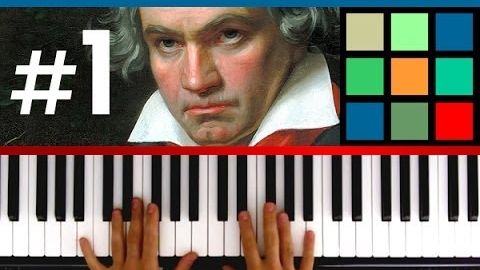毛皮のエリーゼ」の弾き方 ピアノチュートリアル / 楽譜(ベートーヴェン (How To Play "Fur Elise" Piano Tutorial / Sheet Music (Beethoven))
songwen8778 が 2021 年 01 月 14 日 に投稿  この条件に一致する単語はありません
この条件に一致する単語はありません- n.馬銜(はみ);少し : 部分;ビット;錐;小銭;ちょっとしたこと
- v.i.魚が餌に食らいつく
- adv.少し
- v.t.噛んだ
- idiom全く~ない;自分の役割を果たす
- n. (u.)(音楽の)拍子 : テンポ;(時計が指し示す)時刻 : 時間;時間;(ある出来事が起きる)時 : 時点;時;時代 : 時期;時間;所要時間
- v.t.(音楽の)リズムをとる;(~するのに)ふさわしい時を選ぶ;時間を計る;(出来事の最適な時間や時期を)決める
US /'kaɪndə/
・
UK /'kaɪndə/
- n.〜のような
- adv.少し : ちょっと;一種の : ある意味で;~たい気がする
エネルギーを使用
すべての単語を解除
発音・解説・フィルター機能を解除

